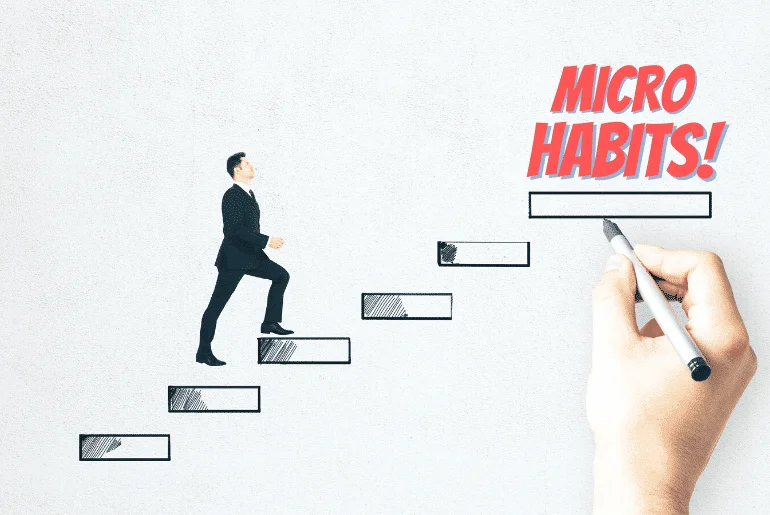Introduction
Everyone enjoys the look and feel of a freshly cleaned space—but what happens between the cleaning sessions often determines whether that freshness lasts. While professional services handle the deep work, the everyday habits of the people using the space can make or break cleanliness outcomes.
From smudged windows to cluttered desks, many of the issues that build up in both homes and commercial spaces are the result of slow, steady accumulation. Fortunately, reversing that trend doesn’t require dramatic effort—just better daily habits.
At Shorely Clean, maintaining interior residential and commercial cleaning isn’t just about arriving with equipment and checklists. It’s about empowering clients to recognize the habits that support or hinder a consistently clean space.
Why Clean Habits Matter Between Sessions
Professional cleaning creates a baseline. It resets the space and removes what daily life leaves behind. But within a day or two, especially in busy environments, dust, clutter, and grime start returning.
The Problem:
- Papers pile up on counters and desks
- Coffee rings appear on meeting room tables
- Shoes track in dirt, even when floors were just mopped
These aren’t failures—they’re normal signs of use. But without daily attention, they compound quickly.
Home Environments: Small Shifts, Big Results
In residential spaces, small habits influence the atmosphere. A home doesn’t become messy overnight. Instead, minor daily actions—or inaction—slowly change the way a space feels.
Micro-Habits That Help:
- Wipe kitchen counters right after use
- Return items to their designated place daily
- Open windows briefly for fresh airflow
- Keep a tray or bin at entry points for shoes and keys
Each of these tasks takes under a minute but prevents the slow drift toward disorder. Over time, they reduce the effort required to “get the house back in shape” before professional visits.
Commercial Spaces: Culture Drives Cleanliness
In shared business environments, cleanliness often hinges on unspoken cultural norms. When no one takes ownership of the space—or when people assume someone else will handle it—standards slip.
Healthy Habits in Workplace Settings:
- Clear personal workspace before leaving each day
- Avoid eating at desks or shared workstations
- Use shared kitchen areas respectfully—clean spills immediately
- Label food in shared fridges with names and expiration dates
Leaders who model these habits create an expectation of respect and order. Over time, this reduces the load on cleaning staff and maintains a more professional atmosphere.
The 60-Second Rule: A Game-Changer
One of the most effective strategies for cleanliness in any space is this simple principle: if it takes less than a minute, do it now.
This includes:
- Hanging up coats or bags
- Wiping up small spills
- Sorting mail or flyers immediately
- Throwing away packaging or wrappers instead of setting them aside
These micro-actions prevent pile-up. They don’t feel like “cleaning,” but collectively, they protect the results of more intensive efforts—whether residential or commercial.
Visibility and Its Influence on Cleanliness
What people can see, they’re more likely to clean. Open shelving, clear glass partitions, and transparent storage bins all increase the likelihood of action because they reveal the effects of clutter or dust.
Practical Adjustments:
- Keep high-traffic zones open and minimal
- Choose transparent organizers in communal areas
- Avoid opaque catch-all bins that hide messes
Visibility creates accountability. When people are aware of what needs attention, they’re more likely to address it—especially in shared spaces.
The Role of Consistency Over Perfection
It’s easy to get caught up in wanting everything spotless—but sustainable cleanliness isn’t about achieving perfection every day. It’s about consistent effort that prevents chaos from taking over.
Examples:
- Choosing 10 minutes each evening to reset the space
- Assigning small maintenance tasks to team members on rotation
- Setting recurring digital reminders for restocking supplies
These small routines buffer between professional cleaning visits, allowing the results to last longer and minimizing stress for both occupants and service providers.
Cleaning Zones: Divide to Conquer
Breaking a space into zones—either in a home or a commercial building—simplifies maintenance. It also allows different people to take ownership of specific areas, making the load lighter and the results more reliable.
How to Define Zones:
- Entryways and reception
- Workstations or desks
- Kitchens or break rooms
- Bathrooms
- Shared meeting or lounge areas
Once zones are identified, habits can be built to address their unique needs. For instance, high-traffic zones may require quick wipes multiple times a day, while quieter areas may only need a weekly check-in.
Technology as a Cleaning Ally
Digital tools can reinforce new cleaning habits. Shared calendars, notification apps, and even simple spreadsheets help households and teams track habits that support cleanliness.
Tools That Work:
- Shared grocery or supply lists for restocking cleaners or paper goods
- Calendar events for periodic purging (files, drawers, outdated signage)
- Slack or email reminders for shared workspace resets
These reminders turn intention into action—and gradually build momentum around clean routines.
Supporting the Bigger Picture
Habits alone aren’t enough, of course. Deep grime, allergens, and high-touch surfaces require the precision and thoroughness of professional cleaning. But when daily users of a space treat it with care, the effectiveness of professional services grows exponentially.
That’s the mindset behind Shorely Clean’s approach to interior residential and commercial cleaning. By viewing professional cleaning as part of a larger ecosystem of habit and care, clients achieve cleaner spaces—not just for a day, but every day.
Conclusion
Clean spaces don’t happen by accident—they happen through rhythm. It’s not the massive weekend scrubbing or the once-a-month reset that defines lasting cleanliness. It’s the minute-by-minute decisions made by the people who use the space.
By embracing simple habits—like wiping counters, sorting paper, or returning items—individuals and teams create environments that stay tidy, functional, and welcoming long after the cleaning crew has gone.
Interior residential and commercial cleaning plays a foundational role, but the real power comes from partnership: professional support on one side, daily attention on the other. Together, they transform spaces from places people use to places they respect.







